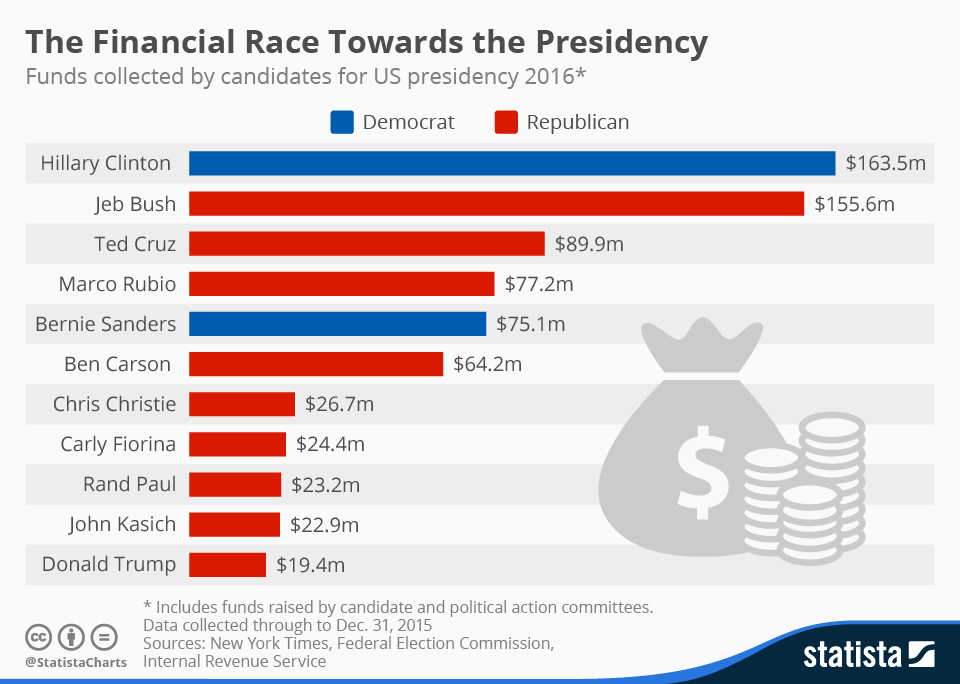In the 2016 United States presidential election, political advertising played a significant role in shaping public opinion and influencing voter behavior. While political ads can come in various forms, including positive, negative, and contrast ads, many viewers and analysts noted a prevalence of negative ads during this particular election cycle.
According to data collected by Kantar Media's Campaign Media Analysis Group, approximately 70% of the political ads that aired during the 2016 election season were classified as negative. This means that the majority of ads either directly attacked an opponent or focused on highlighting their weaknesses rather than promoting the candidate's own strengths.
The sheer volume of negative ads in 2016 was staggering, with candidates and outside groups spending millions of dollars to inundate the airwaves with messages that aimed to discredit their rivals. This strategy is often employed in highly contested races where candidates are looking to gain an edge or sway undecided voters in their favor.
One of the reasons behind the prevalence of negative ads is their effectiveness in capturing viewers' attention and leaving a lasting impression. Research has shown that negative ads tend to be more memorable and persuasive than positive ads, as they tap into emotions like fear, anger, and frustration.
Furthermore, negative ads can help to define the narrative of a campaign by framing the debate around specific issues or character traits that put the opposing candidate in a negative light. By highlighting their flaws or past mistakes, these ads seek to erode trust in the opponent and raise doubts about their ability to lead effectively.
While negative ads can be powerful tools in a candidate's arsenal, they also come with risks. Too much negativity can turn off voters and damage a candidate's likability and credibility. In a political landscape where authenticity and trustworthiness are valued, candidates must strike a balance between highlighting their opponent's weaknesses and presenting a positive vision for the future.
Despite the criticisms and controversies surrounding negative ads, it is clear that they have become a staple of modern political campaigns. The 2016 election was just one example of how candidates and outside groups leverage the power of negative advertising to shape public opinion and influence electoral outcomes.
As we look ahead to future elections, it is likely that negative ads will continue to play a prominent role in shaping the political discourse and defining the choices that voters are presented with. Whether this trend is beneficial for democracy or undermines the electoral process is a question that remains up for debate.
Overall, the data from the 2016 election cycle suggests that approximately 70% of political ads were negative in nature. While this may be a concerning trend for some, it reflects the reality of modern political campaigning and the strategies that candidates employ to win over voters.
As we reflect on the impact of negative advertising in 2016, it is important to consider how we can promote more constructive and informative political discourse in the future. By holding candidates and outside groups accountable for the messages they disseminate, we can work towards a more transparent and honest electoral process that truly serves the interests of the American people.
Keywords: percentage of negative political ads 2016, political advertising in 2016, negative ads in presidential election, impact of negative ads, effectiveness of negative ads, prevalence of negative ads, modern political campaigning, shaping public opinion, electoral outcomes, promoting constructive political discourse.
Discover The Unique Culture Of The Indeins
Peter Pan Cup: A Chilly Tradition In London's Serpentine Lake
Dia De Las Mascaras Puerto Rico


